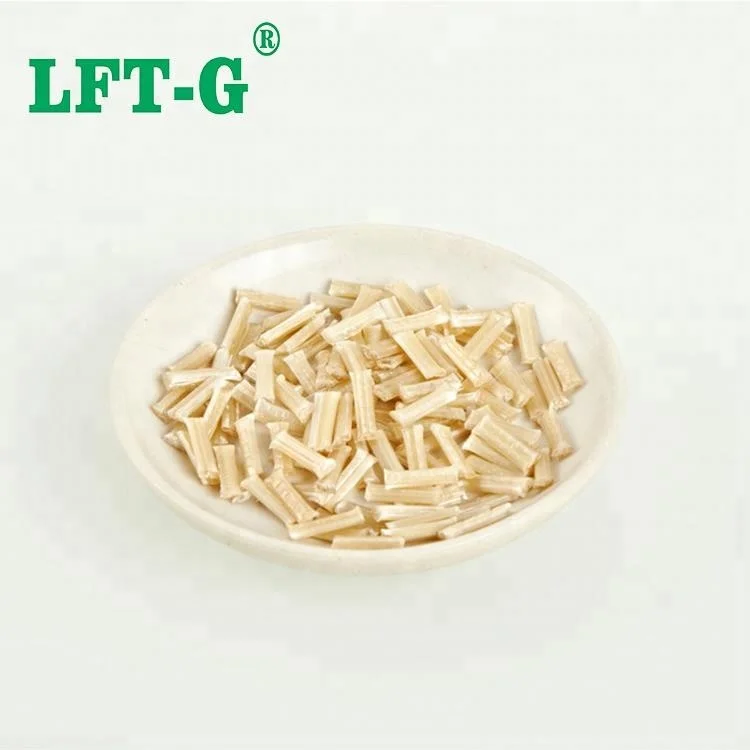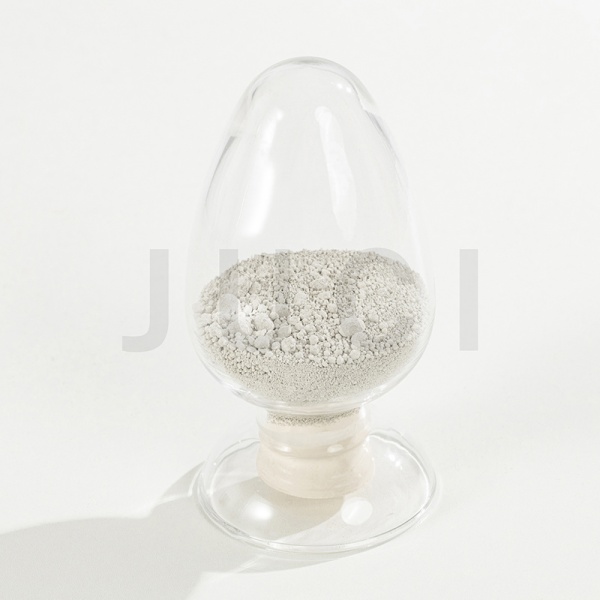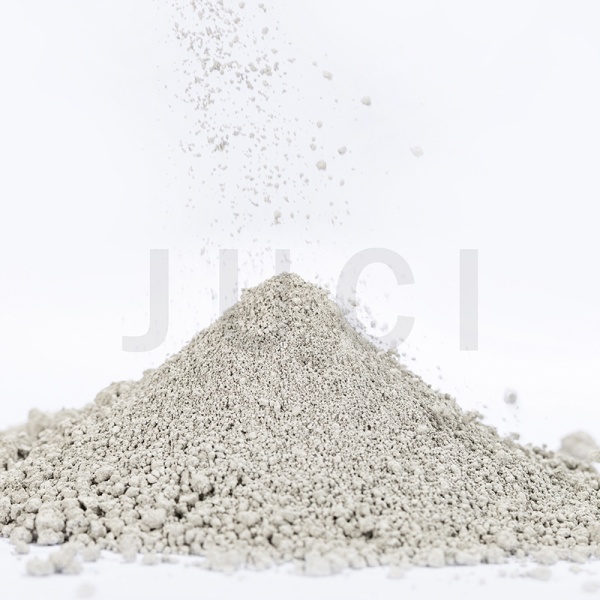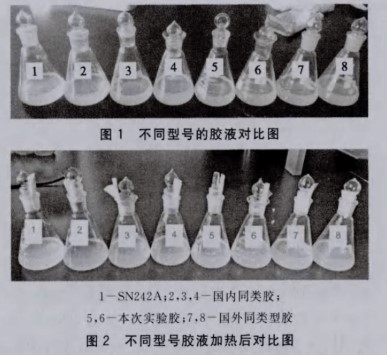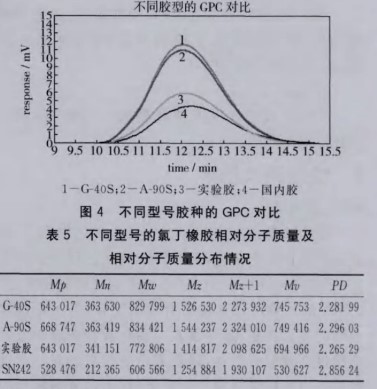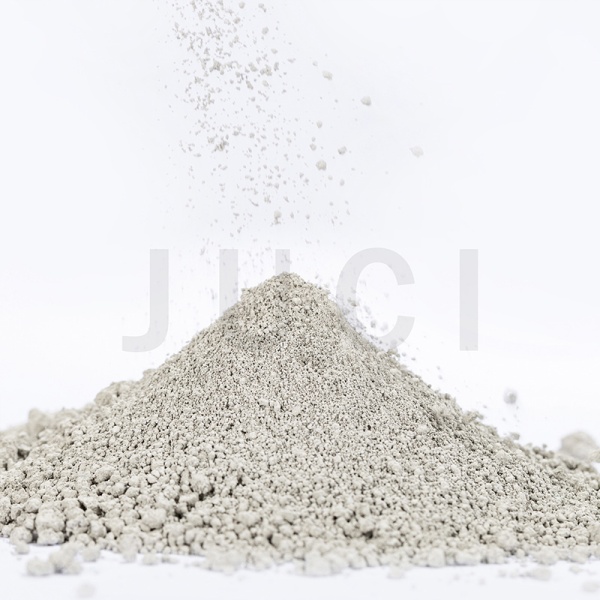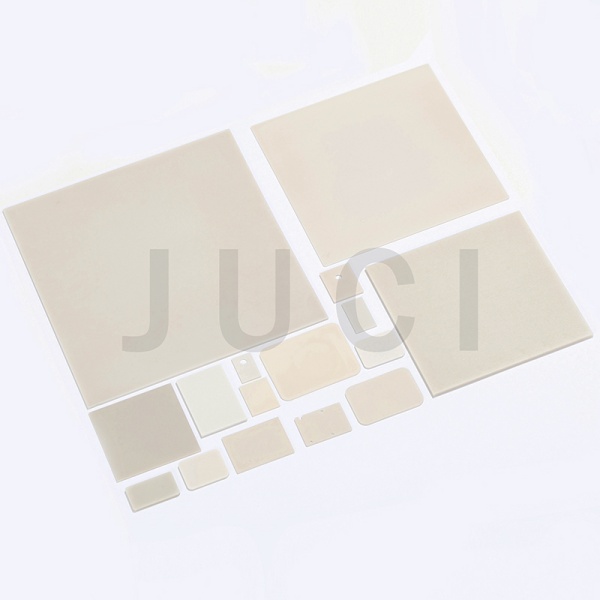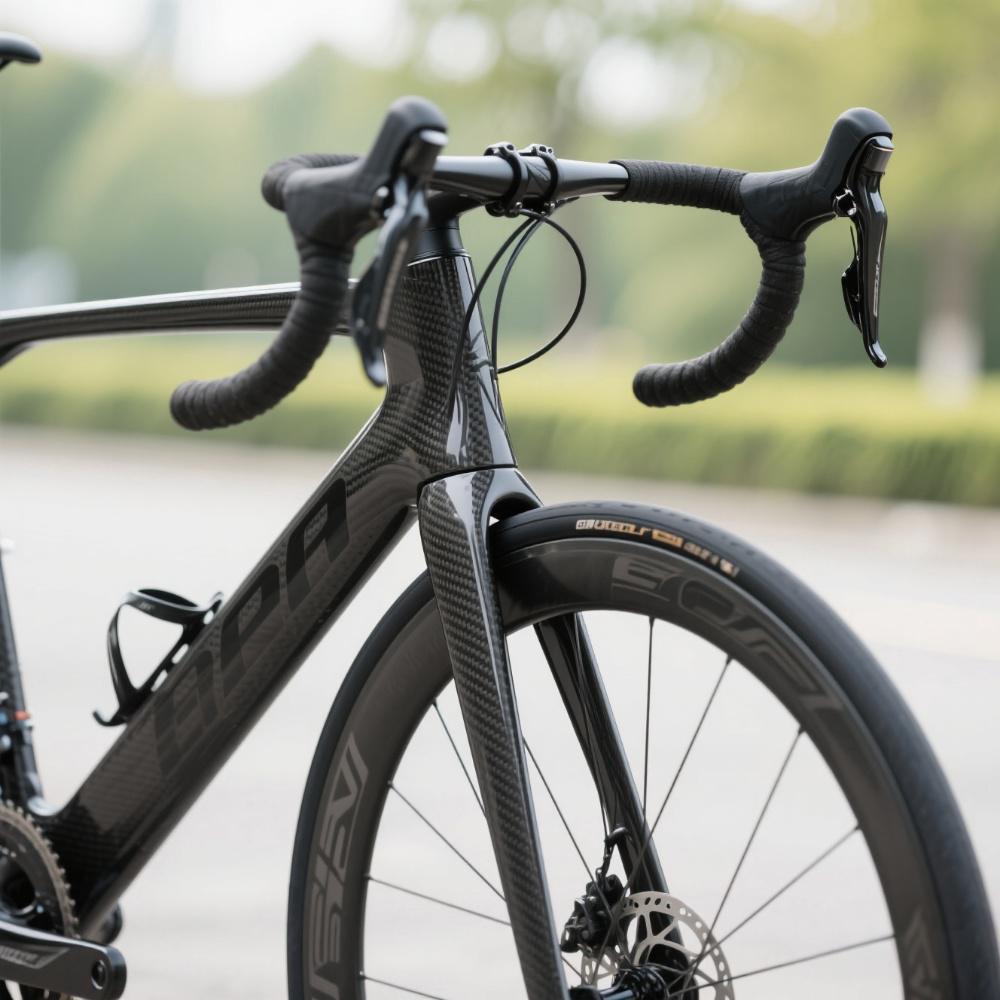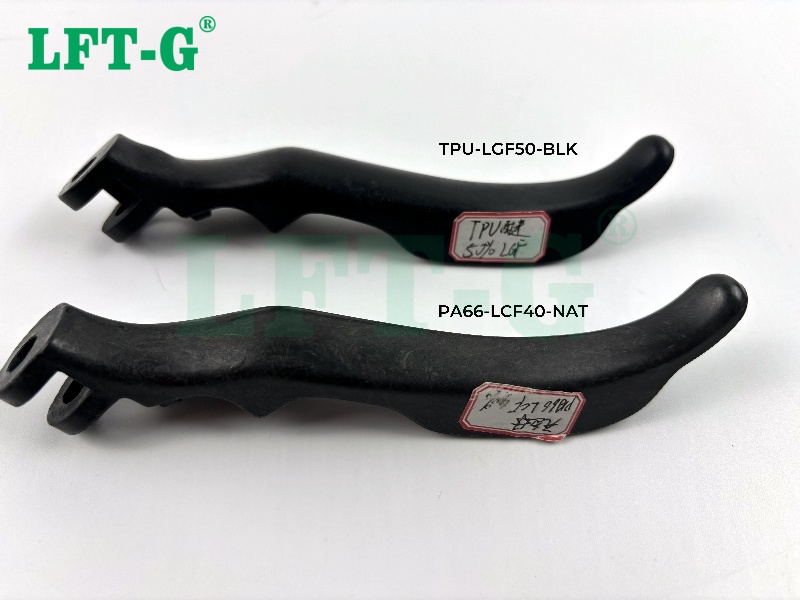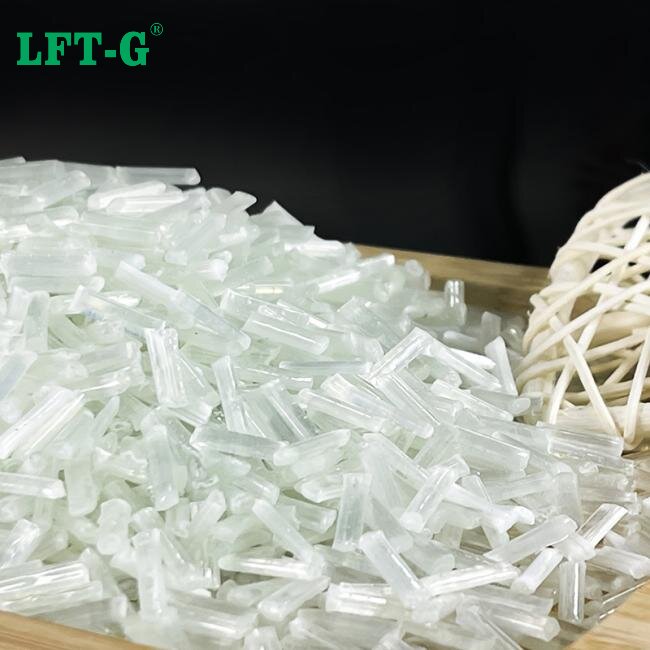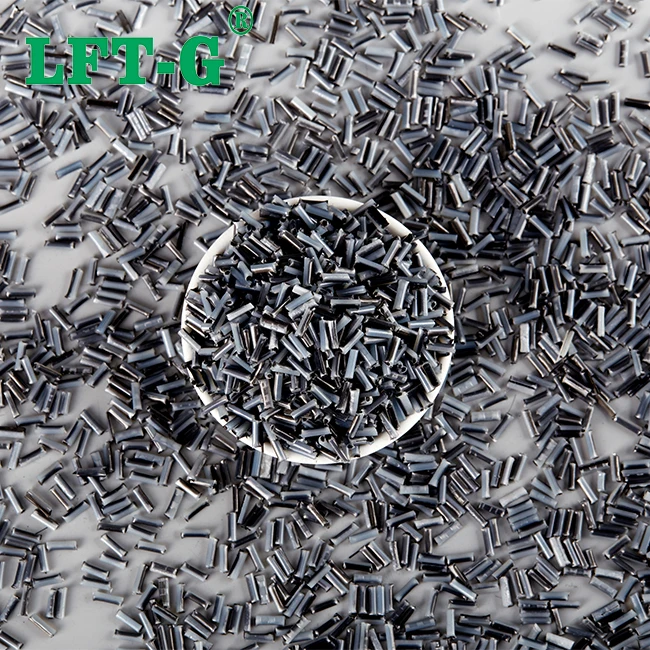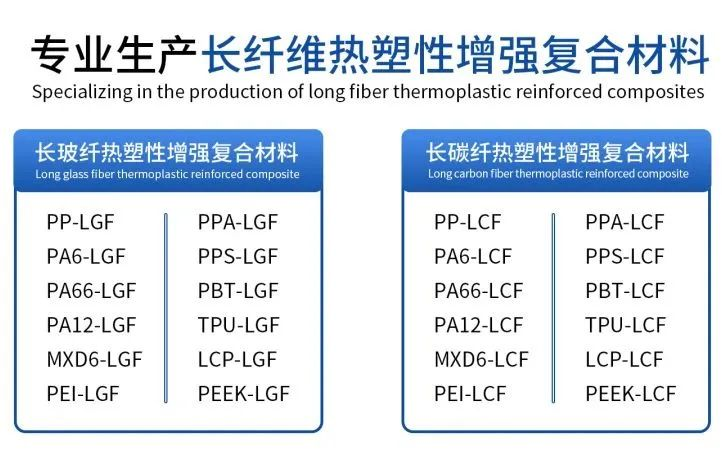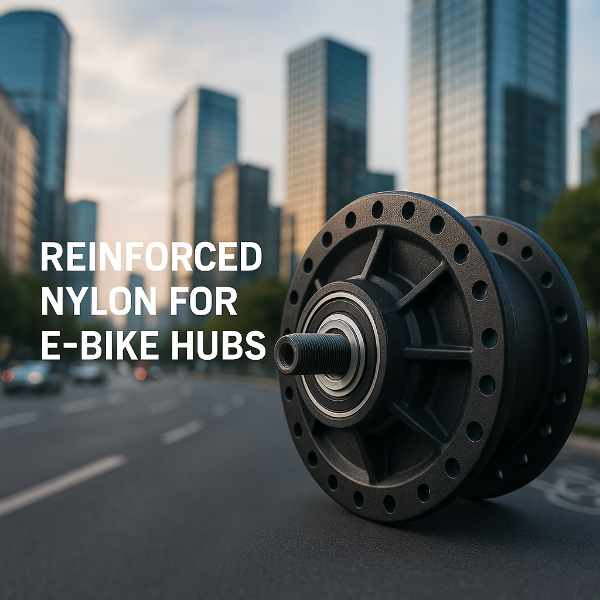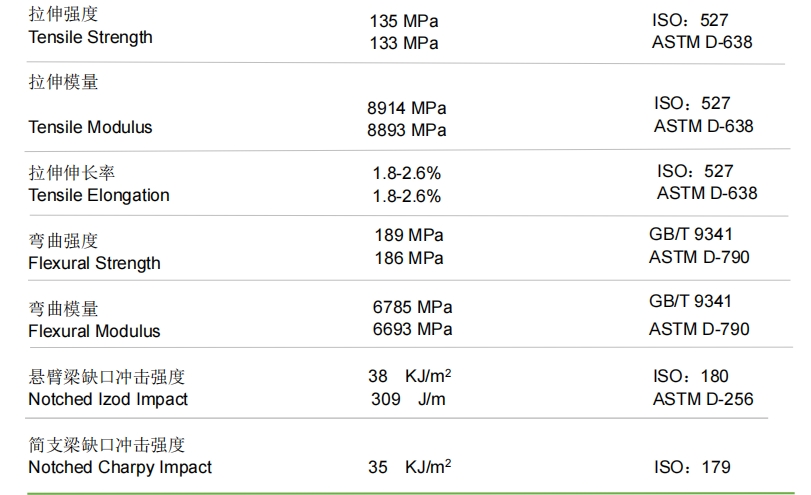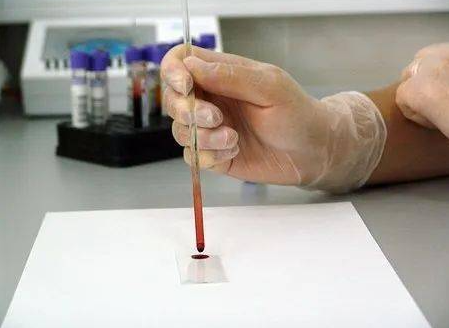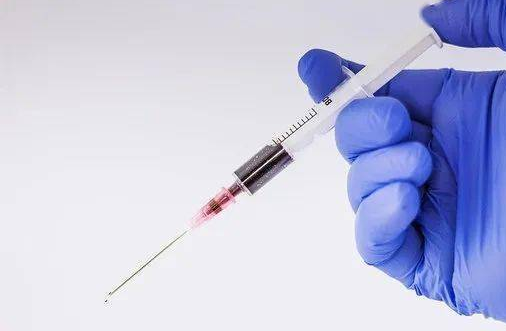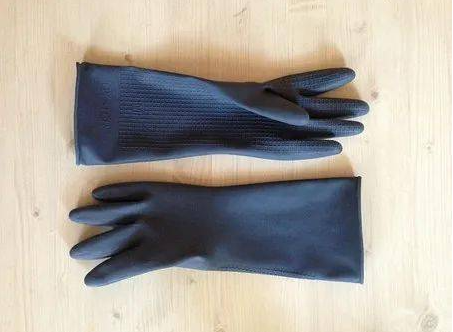
Polyether Ether Ketone (PEEK) is a high-performance engineering thermoplastic known for its exceptional resistance to high temperatures, chemicals, and mechanical stress. It offers outstanding thermal stability with a continuous use temperature of up to 250°C, along with excellent chemical resistance against a wide range of aggressive substances.
PEEK exhibits high mechanical strength and rigidity, maintaining dimensional stability and reliability even under extreme conditions. As a result, it is widely used across aerospace, medical devices, automotive, and electronics industries. In addition, its low coefficient of friction and superior wear resistance make it ideal for manufacturing precision components that require high durability and long-term performance.
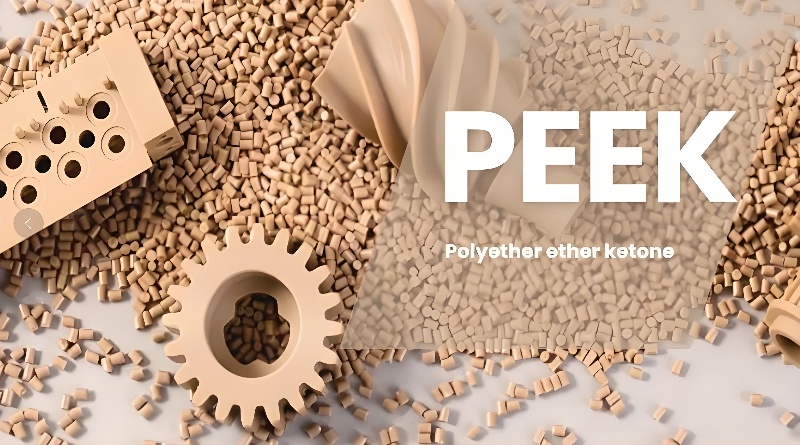
Overview of PEEK Material
Definition and Chemical Structure
Polyetheretherketone (PEEK) is a high-performance specialty engineering plastic that belongs to the family of semi-crystalline aromatic polymers. Its chemical structure consists of repeating ether and ketone linkages arranged alternately, with benzene rings embedded in the molecular chain. This unique configuration endows PEEK with outstanding comprehensive properties. The molecular formula of PEEK is:

The presence of benzene rings contributes to its excellent thermal and chemical stability, while the ether and ketone groups provide flexibility and mechanical strength.
Development History
The development of PEEK materials can be traced back to the 1970s. In 1978, the British company Imperial Chemical Industries (ICI) first synthesized PEEK and commercialized it in 1982. Initially, PEEK was primarily used in the aerospace industry due to its excellent high-temperature resistance, corrosion resistance, and high mechanical strength. It served as a lightweight alternative to traditional metal materials, effectively reducing the weight of aircraft. With continuous technological advancements and decreasing production costs, the application of PEEK has gradually expanded into various fields such as automotive, electronics, medical, and machinery.

Performance Characteristics of PEEK Material
Mechanical Properties
PEEK exhibits exceptional mechanical performance, making it ideal for demanding engineering applications.
High Strength and Modulus:
PEEK offers a tensile strength exceeding 100 MPa and a flexural modulus up to 3.5 GPa. These mechanical properties enable it to withstand heavy loads while maintaining structural integrity, even under extreme conditions.
Excellent Toughness and Impact Resistance:
With an elongation at break of around 20%, PEEK demonstrates remarkable toughness and impact resistance. It retains these properties even in low-temperature environments, making it suitable for aerospace and automotive applications where resistance to external shocks is critical.
Outstanding Wear Resistance:
PEEK's wear resistance is one of its most notable features. Under high-load and high-frequency friction conditions, its wear rate remains extremely low. For example, in automotive transmission gear applications, the wear of PEEK components is only about one-tenth that of traditional metal materials. This not only extends the service life of parts but also reduces maintenance costs.
Thermal Properties
PEEK's thermal performance is one of its core advantages, allowing for stable operation in high-temperature environments.
High Glass Transition and Melting Temperatures:
PEEK has a glass transition temperature (Tg) of approximately 143°C and a melting point (Tm) around 343°C. These values ensure excellent mechanical properties and dimensional stability at elevated temperatures without softening or deformation.
Thermal Stability:
PEEK maintains outstanding thermal stability during prolonged exposure to heat. It can withstand continuous operation at 200°C for over 1,000 hours with negligible loss in performance, making it ideal for high-temperature aerospace and electronic components.
Heat-Oxidation Resistance:
PEEK exhibits strong resistance to oxidative degradation in high-temperature air. Its oxidation induction time (OIT) spans several hours—significantly longer than most engineering plastics—helping to extend the material’s service life under thermal stress.
Chemical Resistance
PEEK offers exceptional chemical resistance, making it suitable for long-term use in harsh chemical environments.
Resistance to Acids and Alkalis:
PEEK resists corrosion from most inorganic acids and bases. For example, after being immersed in 10% hydrochloric acid or sodium hydroxide solution for 1,000 hours, it shows only a 0.5% change in mass. This allows PEEK to replace metals in the chemical industry for corrosion-resistant pipelines, valves, and other components.
Resistance to Organic Solvents:
PEEK is highly resistant to organic solvents such as toluene and ethanol. After 7 days of immersion in toluene, it retains more than 90% of its mechanical properties, making it highly suitable for electronics and pharmaceutical industries.
Hydrolysis Resistance:
PEEK performs well in hot water environments, maintaining around 80% of its tensile strength after 1,000 hours of immersion. This makes it ideal for use in medical devices and food processing equipment, where resistance to hydrolysis ensures long-term reliability.
Processability of PEEK Material
Injection Molding
PEEK exhibits excellent injection molding properties, allowing efficient production of complex and high-precision components for a wide range of industries.
Processing Temperature Range:
PEEK typically requires an injection molding temperature between 360°C and 400°C. This high processing range ensures thorough melting and flow of the material while preventing thermal degradation.
Flowability:
PEEK has good melt flow properties, with a melt flow rate (MFR) ranging from 0.5 to 2.0 g/10min. This allows it to effectively fill intricate mold cavities and produce thin-walled, fine-structured parts.
Shrinkage Rate:
PEEK exhibits low shrinkage during injection molding—generally between 0.5% and 0.8%. This results in minimal dimensional changes upon cooling and ensures high dimensional accuracy, which is especially important for aerospace and electronic components.
Mold Requirements:
Due to its high processing temperature, molds used for PEEK need to be made from high-strength, heat-resistant steels, such as H13 or SKD61, and should be equipped with efficient cooling systems to optimize cycle times. Proper mold design can reduce the molding cycle by over 20%.
Application Example:
In the automotive industry, PEEK is injection molded to produce engine sensor housings. Its high strength and thermal stability ensure reliable operation under high-temperature, high-load conditions.
Extrusion Molding
PEEK extrusion molding is primarily used for manufacturing continuous products such as pipes, sheets, and films, offering high productivity and consistency.
Processing Temperature:
The typical extrusion temperature for PEEK ranges from 340°C to 380°C, ensuring good melt flow and formability during processing.
Extrusion Speed:
PEEK can be extruded at relatively high speeds. For instance, PEEK tubing can be produced at speeds of up to 10 meters per minute, supporting large-scale production.
Product Performance:
Extruded PEEK pipes and sheets offer excellent mechanical strength and chemical resistance. For example, PEEK tubing can achieve tensile strengths up to 120 MPa and is capable of transporting corrosive media such as strong acids and alkalis.
Application Example:
In the electronics industry, PEEK films are used as insulation layers due to their outstanding electrical insulation and thermal resistance. In flexible circuit boards, PEEK films can operate at temperatures up to 200°C while maintaining excellent dielectric properties.
Die Design:
The design of extrusion dies is crucial to the quality and performance of PEEK products. For example, tubing dies must precisely control the dimensions and gap between the die and mandrel to ensure uniform wall thickness and dimensional accuracy.
Other Processing Methods
Beyond injection and extrusion molding, PEEK can be processed using several other methods to meet diverse application needs.
Machining:
PEEK offers good machinability and can be turned, milled, drilled, and shaped into high-precision parts. In the aerospace sector, for instance, PEEK is used to produce engine blades with dimensional tolerances of ±0.01 mm through precision machining.
3D Printing:
With advancements in additive manufacturing, PEEK is increasingly used in 3D printing to produce complex or customized components. Typical printing temperatures range from 380°C to 420°C, and the printed parts exhibit excellent mechanical and thermal properties.
Welding:
PEEK can be joined using ultrasonic or thermal welding methods. In electronics housings, PEEK parts welded by ultrasound can achieve joint strengths exceeding 80% of the base material’s strength.
Coating:
PEEK can also be applied as a coating material using spraying or dip-coating methods, offering heat resistance, corrosion resistance, and wear protection. For example, PEEK coatings on metal mechanical components significantly improve their wear resistance and extend service life.
Application Fields of PEEK Material
Aerospace Industry
PEEK plays an irreplaceable role in the aerospace sector due to its outstanding combination of properties.
Lightweight and High Performance:
With a density of only 1.3 g/cm³—significantly lower than traditional metals—PEEK offers comparable strength and stiffness. For example, in aircraft engine blades, using PEEK can reduce weight by up to 30% without compromising structural integrity. This contributes to improved fuel efficiency and reduced operational costs.
High Temperature and Thermal Stability:
Aerospace components demand superior heat resistance. PEEK has a glass transition temperature of 143°C and a melting point of 343°C. It retains excellent mechanical properties and dimensional stability under high temperatures. In engine components, PEEK can operate continuously at 200°C for 1,000 hours with less than 5% performance degradation.
Chemical Resistance and Hydrolysis Resistance:
Aircraft are exposed to various chemicals and moisture during flight. PEEK's excellent chemical resistance and hydrolytic stability make it ideal for such environments. After 1,000 hours of immersion in hot water, PEEK retains up to 80% of its tensile strength, making it suitable for hydraulic and fuel system components.
Application Example:
In the Boeing 787, PEEK is widely used in engine blades, wing skins, and fuselage components. It is estimated that PEEK accounts for about 20% of the material composition in the Boeing 787, significantly enhancing performance and safety.
Medical Devices
PEEK is increasingly used in the medical field due to its biocompatibility and resistance to degradation.
Biocompatibility:
PEEK is well tolerated by human tissues, with no irritation or toxicity. It holds a cytotoxicity rating of Class 1, indicating excellent compatibility with body tissues and minimal risk of inflammation or adverse reactions.
Corrosion Resistance:
Medical devices often come into contact with bodily fluids and chemicals. PEEK maintains excellent chemical stability—after immersion in 10% hydrochloric acid and sodium hydroxide solutions for 1,000 hours, mass change remains below 0.5%.
Mechanical Strength:
PEEK’s high tensile strength (over 100 MPa) and flexural modulus (up to 3.5 GPa) allow it to withstand internal mechanical loads in the body, making it ideal for implants such as artificial joints.
Application Example:
PEEK is widely used to manufacture artificial joints, spinal implants, and dental implants. Global usage of PEEK in medical implants exceeds 1,000 tons annually and is growing steadily. For instance, artificial hip joints made from PEEK demonstrate excellent clinical performance and a service life of over 20 years.
Automotive Industry
PEEK is extensively applied in automotive manufacturing thanks to its strength, heat resistance, and wear performance.
High Temperature and Thermal Stability:
Engine and transmission components operate in high-temperature environments. PEEK’s high Tg and melting point ensure reliable performance under such conditions (as detailed earlier).
Wear Resistance and Mechanical Strength:
PEEK demonstrates excellent wear resistance under high-load, high-frequency friction. For example, in transmission gears, the wear of PEEK parts is only 1/10 that of traditional metals.
Lightweight and Fuel Efficiency:
Reducing vehicle weight improves fuel economy and lowers emissions. PEEK helps achieve this goal by replacing metal components while maintaining mechanical performance.
Application Example:
PEEK is used in engine components, transmission gears, and sensor housings. A well-known automaker uses PEEK to mold engine sensor housings that can operate reliably for over 10 years under high heat and stress. It is also applied in braking systems—PEEK brake discs and pads offer excellent durability and performance due to their heat and wear resistance.

